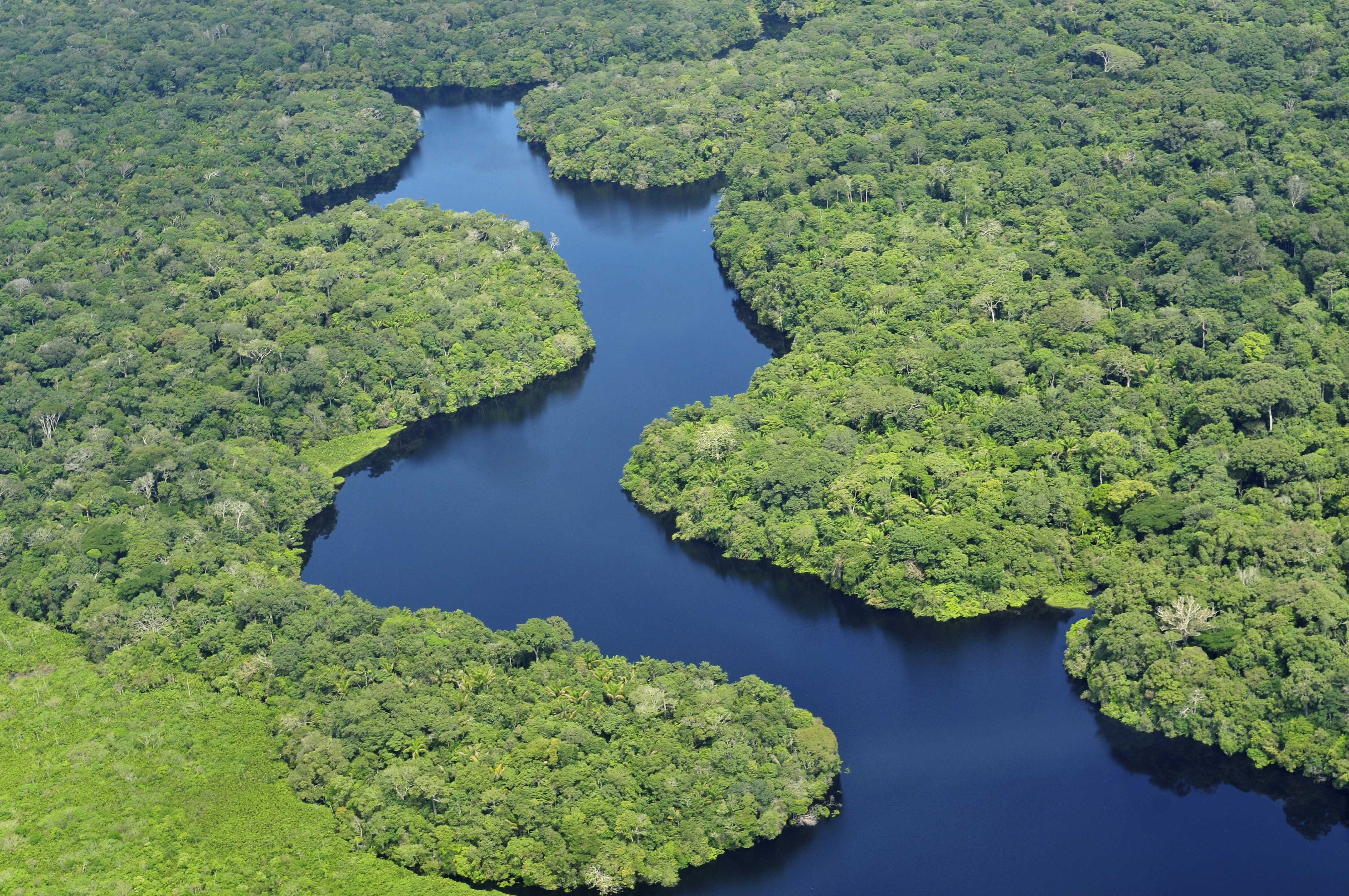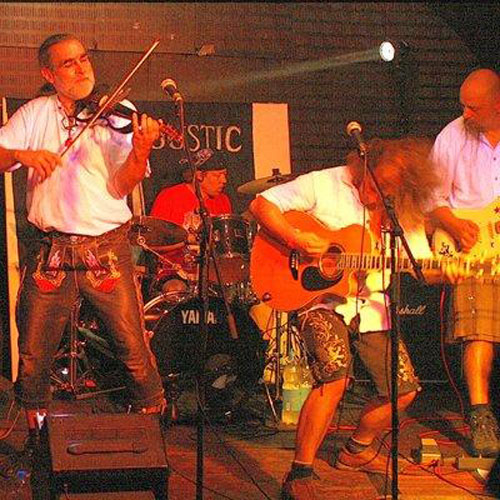The Danube River flows from the black forest to the Black Sea, retracing an itinerary which measure nearly 3.000 kms, and says hello to Germany, Austria, Slovakia, Hungary, Croatia, Serbia, the Ukraine, Romania and Bulgaria. This journey through central Europe -Mitteleuropa- is the main theme of one of Italy’s most famous novels, Danubio (1986) by author Claudio Magris. This work allows readers to discover the identity of different regions surrounding the second longest river in Europe: its cultures, historical anecdotes and literary references. Although it’s huge, our interest has yet to be whetted, so here’s a short introduction to wake up your curiosity.

We aren’t here to give you a geography lesson, just a few tidbits to get you interested in this natural jewel which has been a source of inspiration for numerous artists. Beginning with an international reference, we can mention Johan Strauss (junior) who composed the waltz on the Beautiful Blue Danube in 1867 while travelling its shores. Of his more than 400 waltzes it’s one of the most famous and appreciated, and is a reference in classical music, as well as the second national anthem in Austria.
Danube Culture
Danube is quite the repository of folk culture, filled with popular dances and musicals. The waltz is quite prominent in Vienna, as well as the yodel, the typical Shepard’s chant or the lively Hungarian rhythms of czardas. Many of classical music’s most important figures come from this region in Europe, to name a few: Richard Strauss, Franz Schubert, Wolfgang Amadeus Mozart, Franz Liszt and Béla Bartók.
If you would like to follow the course of this river without embarking on a two month journey, you can read novels where the Danube is a central plot element like de Jules Vernes The Danube Pilot, The Willows by Algernon Blackwood or Danube by Claudio Magris. There are also films about it such as Im Juli by Fatih Akin (2000), Vers la mer d’Annik Leroy (1999) and Black cat, White cat by Emir Kusturica (1998) etc.
The croissant isn’t French
And if you would like a twist on the classical, you should know there are classic German pastries called the Danube’s wave, Donauwellen. The croissant is not French, rather it’s Austrian, and commemorates the Austrian victory over the Turks in 1863, and (which is why it was invented in the shape of a crescent, the Turkish symbol. The Danube has also inspired artists, and in the late nineteenth century there was even a school of painting called the Danube School.
Nature always has one up on us, as the birth of romanticism shows, and we never tire of contemplating it. It is certainly the most efficient, healthy and inspiring way to “filter out” the turbulent urban energies. There are cruise ships and also the famous orient express train mentioned in Murder on the Orient Express by Agatha Christie. Don’t miss out on this chance to salute this river, rent apartments in Vienna and relax.

 English
English
